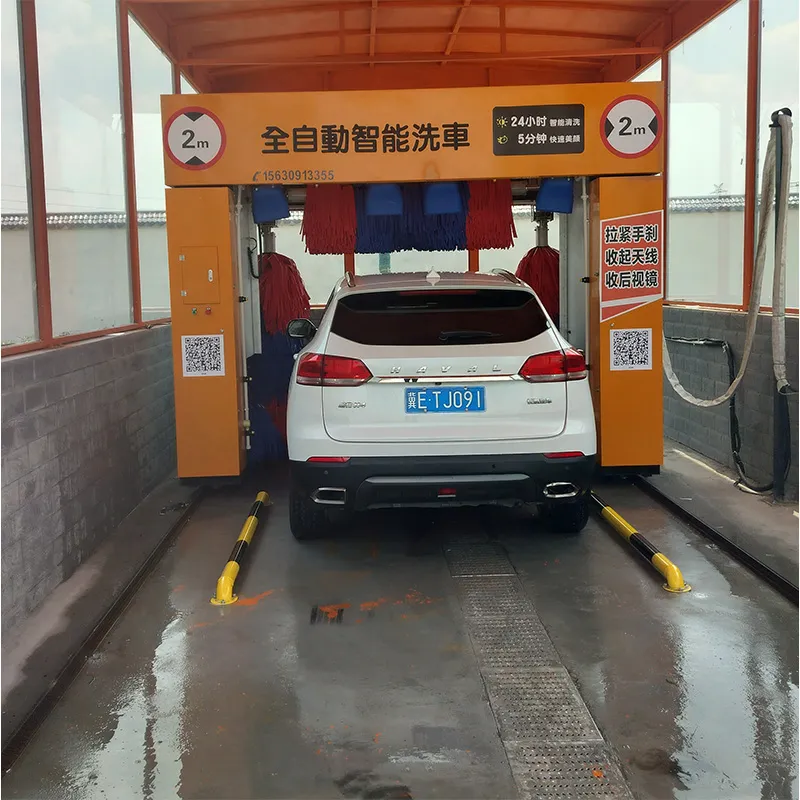
- Afrikaans
- Albanian
- Amharic
- Arabic
- Armenian
- Azerbaijani
- Basque
- Belarusian
- Bengali
- Bosnian
- Bulgarian
- Catalan
- Cebuano
- Corsican
- Croatian
- Czech
- Danish
- Dutch
- English
- Esperanto
- Estonian
- Finnish
- French
- Frisian
- Galician
- Georgian
- German
- Greek
- Gujarati
- Haitian Creole
- hausa
- hawaiian
- Hebrew
- Hindi
- Miao
- Hungarian
- Icelandic
- igbo
- Indonesian
- irish
- Italian
- Japanese
- Javanese
- Kannada
- kazakh
- Khmer
- Rwandese
- Korean
- Kurdish
- Kyrgyz
- Lao
- Latin
- Latvian
- Lithuanian
- Luxembourgish
- Macedonian
- Malgashi
- Malay
- Malayalam
- Maltese
- Maori
- Marathi
- Mongolian
- Myanmar
- Nepali
- Norwegian
- Norwegian
- Occitan
- Pashto
- Persian
- Polish
- Portuguese
- Punjabi
- Romanian
- Russian
- Samoan
- Scottish Gaelic
- Serbian
- Sesotho
- Shona
- Sindhi
- Sinhala
- Slovak
- Slovenian
- Somali
- Spanish
- Sundanese
- Swahili
- Swedish
- Tagalog
- Tajik
- Tamil
- Tatar
- Telugu
- Thai
- Turkish
- Turkmen
- Ukrainian
- Urdu
- Uighur
- Uzbek
- Vietnamese
- Welsh
- Bantu
- Yiddish
- Yoruba
Undercarriage Cleaner Attachment for Efficient Pressure Washing and Vehicle Maintenance
Understanding Undercarriage Sprayers for Pressure Washers A Comprehensive Guide
Pressure washers have revolutionized the way we clean outdoor spaces, vehicles, and equipment. Among the many attachments available to enhance their functionality, the undercarriage sprayer has emerged as an essential tool for thorough cleaning. This article explores the features, benefits, and best practices for using an undercarriage sprayer with a pressure washer.
What is an Undercarriage Sprayer?
An undercarriage sprayer is an attachment designed specifically for pressure washers that enables users to clean the often-neglected underside of vehicles, trailers, and equipment. This area tends to accumulate dirt, grime, road salt, and other debris that can cause corrosion and rust if not properly cleaned. The undercarriage sprayer features a low-profile design with strategically placed nozzles that provide thorough coverage while minimizing the risk of damage to the vehicle's components.
Features of Undercarriage Sprayers
1. Adjustable Nozzles One of the key attributes of undercarriage sprayers is their adjustable nozzles, which allow users to modify the spray pattern and pressure according to their cleaning needs.
2. Wide Coverage Area The sprayer is engineered to cover a larger area with each pass, making it efficient for cleaning the entire underside of a vehicle without leaving spots unwashed.
3. Durable Construction Most undercarriage sprayers are made from high-quality materials resistant to corrosion and wear, ensuring long-lasting performance under harsh conditions.
4. Compatibility These sprayers are compatible with most standard pressure washers, making them a versatile addition to any pressure washing setup.
Benefits of Using an Undercarriage Sprayer
1. Prevention of Rust and Corrosion Regular cleaning of the undercarriage removes harmful substances such as salt and mud that can lead to rust and corrosion, extending the lifespan of the vehicle.
undercarriage sprayer for pressure washer

3. Time Efficiency Using an undercarriage sprayer can significantly reduce the time and effort required to clean the underside of a vehicle, allowing for a thorough wash in a fraction of the time.
4. Improved Performance Cleaning the undercarriage can also allow for better performance as dirt and debris build-up can hinder critical components, impacting handling and efficiency.
How to Use an Undercarriage Sprayer
To achieve optimal results when using an undercarriage sprayer, follow these best practices
1. Preparation Before you start, ensure that your pressure washer is set to the appropriate pressure for the task. Generally, a pressure range of 1500 to 3000 PSI is suitable for cleaning undercarriages.
2. Attach the Sprayer Connect the undercarriage sprayer to your pressure washer according to the manufacturer's instructions. Make sure all fittings are secure to prevent leaks.
3. Position Your Vehicle Drive the vehicle onto a level surface, making it easier to access the undercarriage. Alternatively, use ramps for added height if necessary.
4. Begin Cleaning Turn on the pressure washer and position the sprayer beneath the vehicle. Begin with the front and work your way to the back. Keep the sprayer moving to avoid concentrating too much pressure on one area, which could cause damage.
5. Rinse Thoroughly After spraying, ensure that all soap or cleaning agents are rinsed away to prevent any residue from causing future issues.
6. Inspect After Cleaning After cleaning, inspect the undercarriage for any signs of potential problems, such as brake line wear or signs of rust that may need further attention.
Conclusion
The undercarriage sprayer is an invaluable attachment for anyone looking to maintain the cleanliness and integrity of their vehicles. By integrating this tool into your pressure washing routine, you can ensure that the underside of your vehicles remains in peak condition, ultimately saving you time and money in repairs and maintenance. Whether you are a professional detailer or a DIY enthusiast, investing in an undercarriage sprayer is a decision you won’t regret.
-
Integrating Aqua Tunnel Car Wash in Shopping CentersNewsJun.24,2025
-
Gas Station with an Auto Car Wash MachineNewsJun.24,2025
-
Efficiency in Your Aqua Tunnel Car Wash: Power & Water-SavingNewsJun.24,2025
-
Car Wash Business with Advanced Auto Car Cleaning MachinesNewsJun.24,2025
-
Balancing Setup Costs with Aqua Tunnel Car WashNewsJun.24,2025
-
Aqua Tunnel Car Wash: Eco-Design for the Energy-Savvy EntrepreneurNewsJun.24,2025



